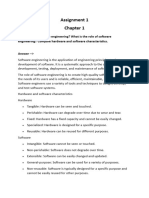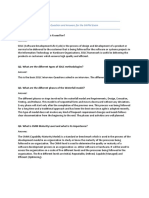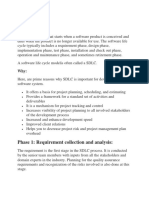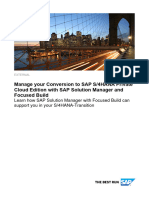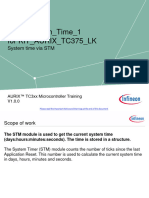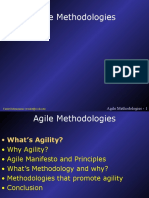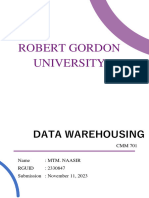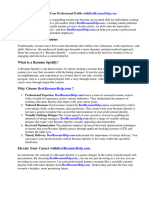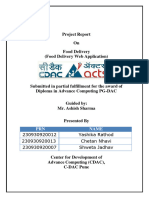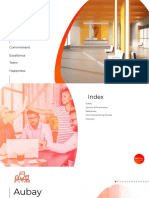0% found this document useful (0 votes)
160 views4 pagesChapter 1 - Topic 1 - Software Development & SDLC Notes
The document provides an introduction to software development and the Software Development Life Cycle (SDLC), outlining its importance and stages including requirements gathering, design, coding, testing, deployment, and maintenance. It explains the role of frameworks in enhancing efficiency and code reusability, and differentiates between functional and non-functional requirements. Additionally, it emphasizes the significance of testing in identifying issues and ensuring software quality.
Uploaded by
biyaj27069Copyright
© © All Rights Reserved
We take content rights seriously. If you suspect this is your content, claim it here.
Available Formats
Download as PDF, TXT or read online on Scribd
0% found this document useful (0 votes)
160 views4 pagesChapter 1 - Topic 1 - Software Development & SDLC Notes
The document provides an introduction to software development and the Software Development Life Cycle (SDLC), outlining its importance and stages including requirements gathering, design, coding, testing, deployment, and maintenance. It explains the role of frameworks in enhancing efficiency and code reusability, and differentiates between functional and non-functional requirements. Additionally, it emphasizes the significance of testing in identifying issues and ensuring software quality.
Uploaded by
biyaj27069Copyright
© © All Rights Reserved
We take content rights seriously. If you suspect this is your content, claim it here.
Available Formats
Download as PDF, TXT or read online on Scribd
/ 4



















